Europe and Islam are not Compatible. But not for the Reason you are Thinking of (1)
Part 1: Reviewing the Construction of European Identity with the Crusades
“I believe [...] there is a problem of compatibility between Islamic culture and the values and rights of our civilization”
This is Italian Prime Minister Georgia Meloni, stating that certain “interpretations” of Islam do not fit with European culture.
The clip, from an interview she had in 2018 before taking on the PM role, went viral recently.
It was picked up by many news outlets and subject to much debate online.
Islam has been, for decades, a dog whistle in modern Europe, a fantastically effective way to generate uproar (and action) for politicians amongst their voter bases.
It usually focuses on the tired tropes of fanatic uncivilized muslims that are coming “for the West, its riches, and the Paradise it has managed to create on Earth”.
The crying call for the movement being “Islam is not compatible with the West”.
That statement is inherently false, obviously.
Any ethnic, religious or racial group cannot be bundled into a cartoonish stereotype, let alone a group that borders 2 billion adherents in size.
But looking at the history and engagement of Europe and Islam, one could actually say … There is some truth to it.
Yes.
And the truth is: Europe is not compatible with Islam.
Because in a way, Europe is what Islam “is not”.
Let me explain.
Identities can be formed in multiple ways, one of them being the existence of an “Other”.
This process of “othering” allows you (or the group you belong to) to define yourselves by being what others are not.
In the case of the formation of European identity and culture, a major factor was Islam, with the muslim world being the much needed “Other”.
That identity building exercise has been complex and tumultuous, developed over centuries, but two main moments appear that have cemented the idea of Europe as the “anti-thesis” of the Muslim “Other”.
The first being the Crusades.
The Early Crusades as a Vehicle for Western Christendom
For centuries, Christendom was a religion centered around the Mediterranean sea.
North Africa was as much part of the Christian world as any other place in Western Europe.
Many of the early Church fathers that have defined what the Christian creed is are actually from Alexandria, or other cities you would identify as Middle Eastern today.
But the Muslim conquests were a seismic shift in that world.
In a few short decades, major centers of Christendom fell to the muslim “invaders”, including the Holy city of Jerusalem.
This split the “Christian” sea in half, with Islam (as a political power) being South and East of the Mediterranean, and Christianity being in Western Europe.
But what was Western Europe at that time?
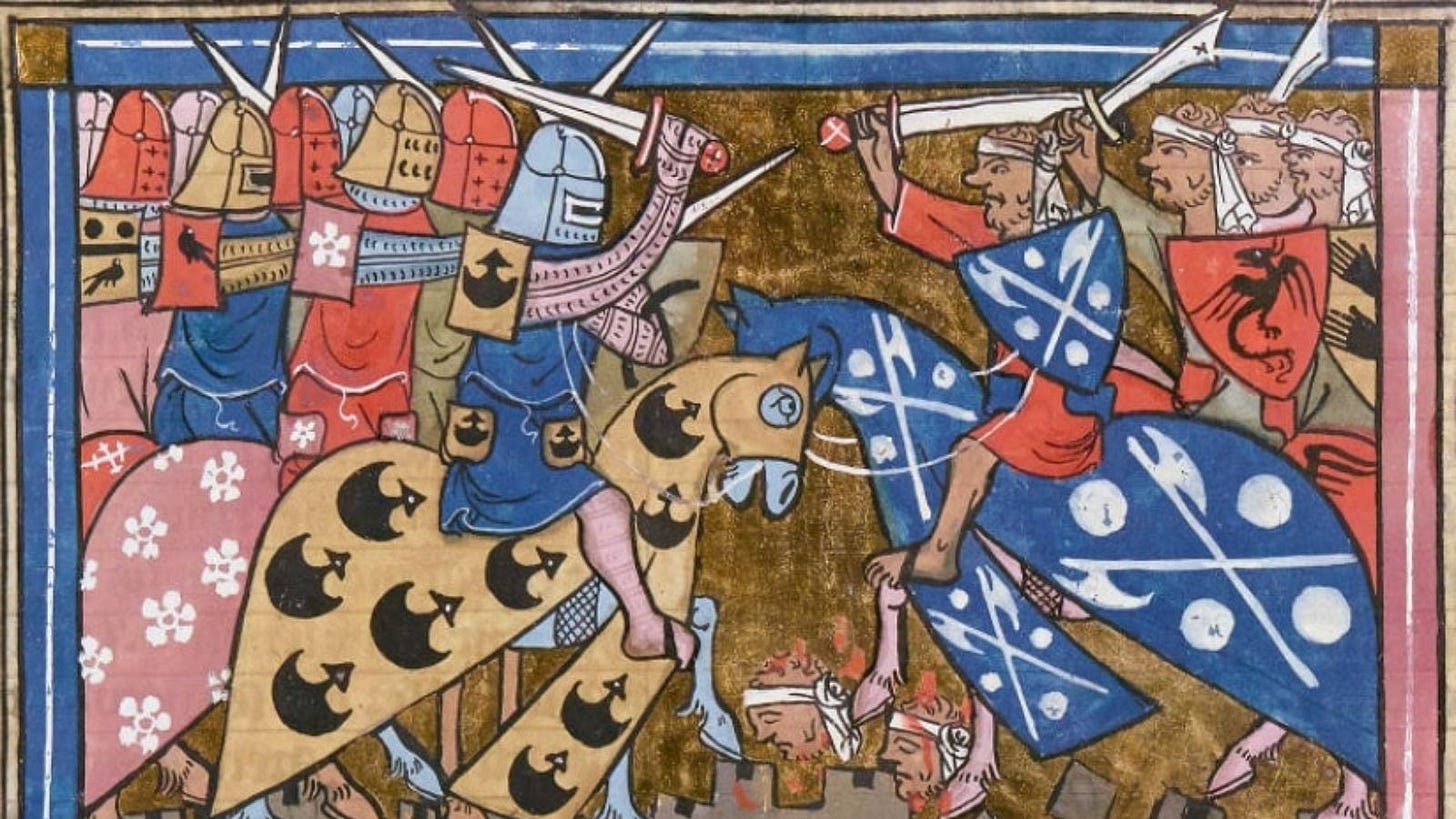
A collection of different nations, cultures and languages together, with very little to offer in terms of a common identity.
Political strife was ripe between different kingdoms trying to establish their dominion, one over the other.
With the schism of the Church in 1054 into a Catholic and an Orthodox one, Western Christendom had now a central role to play when it came to upholding Christianity.
A way was needed to rally these disparate Western nations into one, via a common enemy.
In 1095, Pope Urban II proclaimed the first Crusade at the Council of Clermont.
It was truly a Pan-European exercise, with disparate communities uniting under the banner of “liberating the Holy land”.
It must be noted that different motivations existed on the ground, from belief in this sacred mission to very worldly desires of acquiring riches through looting and thievery.
One can only imagine what that army of Franks, Saxons and many other nationalities was like.
These were people who had never encountered anyone speaking a language foreign to them, let alone perhaps a different dialect from the town or region they came from, suddenly all bundled together within one major military effort.
Neither was there a lingua franca these invaders could interact with each other with.
The crusades were only the start. As centuries progressed, the construction of Western Christian identity accelerated.
The Reconquista of Spain, an exercise spread over 8 centuries, fully endorsed as Holy war by the Catholic Church, saw Christian Europe evict the “invaders” from beyond the sea, marking another major chapter in that narrative.

The clashes to the East with the encroaching Ottoman empire was another major chapter, culminating with the siege of Vienna.
And that is only to name a few incidents.
With this, the concept of a European unity centered around Christendom emerged across the centuries:
In the 8th century, chronicler Isidor Pacensis used the term ‘Europeenses’. It was used to describe the alliance of Romano-Gallic forces which under the leadership of Charles Martel defeated muslims at the Battle of Tours in 732.
In the 11th century, The song of Roland spread throughout Europe as an extremely effective propaganda tool. It celebrated the virtues of Christian European society, with army leaders from many parts of Western Europe uniting to try and defeat the invading threat that is Islam. The song recounts the tragic defeat of Charlemagne’s forces in the Pyrenees against the muslims, and laments the fate of the “heroic” Count Roland who was left behind to die.
In the 12th century, the myth of “spread by the sword” emerged, painting muslims as violent heretical barbarians, as we have seen in a previous issue.
In the 15th century, Pope Pius II (1458-1464) used the term ‘Europe’ when saying ‘Our Europe, Our Christian Europe’, as a call for all Christians to unite and preserve European territories from the Turks.
All of this contributed in creating a shared European identity, with Christianity at its heart, opposed to the contrasting image that was the Muslim world.
Islam was seen as an invader that needed to be repelled, an enemy that needed to be conquered, and an opposite that needed to be matched.
Muslims became whatever the story necessitated them to be, simultaneously pagan devil worshippers and noble, civilized and highly praiseworthy warriors when the situation required it.
It did not matter what Islam truly was. The main tenet was that Christian Europe was not Islam:
To encourage military effort, muslims were painted as violent barbarians that needed to be subdued by the morally superior European armies and kingdoms.
To encourage religious fervor, muslims were painted as pagan worshipers that deviated Christianity into heresy, with Christendom having a moral duty to defend the “Truth”. One of Islam’s deviancies, interestingly enough, was giving too many rights to slaves and women, which was used as a clear argument to show that this religion must be false.
To encourage better conduct amongst their own people, muslims were painted as the noblest of warriors (yes). “What a pity that the Christians who had the Truth behaved so poorly, while the muslims that were heretical upheld much better values.”
Whatever image of Islam was necessary to drive a point across was developed, clearly contrasted with Western Christendom.
As such, to refer back to the original tenet, perhaps Europe is not compatible with Islam because at the core of it, Europe is what Islam isn’t.
It is not an objective analysis of Islam that has led to this incompatibility conclusion with Europe that we are witnessing today.
It is an incompatibility conclusion that has come first that now needs to be supported by any evidence we can find.
This myth of Western Christendom -being that which is opposed to Islam- endured until Europe had its seismic renewal with the age of Enlightenment.
Religion was dropped from the picture, and a new, secular identity was needed for Europe, built on the ruins of the previous one.
Again, Europeans looked East to build this identity at home.
It began when Napoleon infamously invaded Egypt in 1798, breaking the East / West barrier again, and bringing forth an entirely new way of defining Europe as an entity.

A modern, civilized, technologically advanced continent in complete opposition to an Islamic world stuck in the age of innocence, in a world of fantasy, and decidedly, in the past.
But that is a story for next week ( part 2 here ).
Be well,
Majd
The Green Pill will be back next Thursday. In the meantime, check out the rest of our content here.
Did you enjoy this issue of The Green Pill? Help us spread the word then. Think of one specific person around you that might enjoy this content, and share with them.
Sources:
The Crusades and the Near East: Cultural Histories, Reviews in History, Dr Jonathan Harris, Feb 2011
How Islam Created Europe, Dr. Robert D. Kaplan, The Atlantic, May 2016
Root out this sinister cultural flaw, Karen Armstrong, The Guardian, 06 April 2005
How Muslims Made Europe, Kwame Anthony Appiah, The New York Review, November 6, 2008
How Islam shaped the West, Rowan Williams, The New Statesman, 15 May 2019

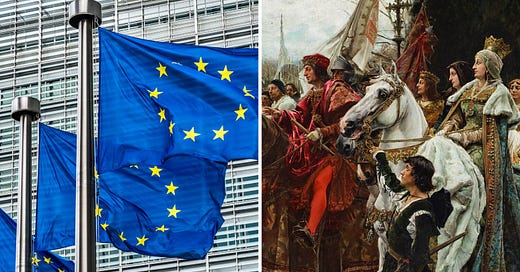


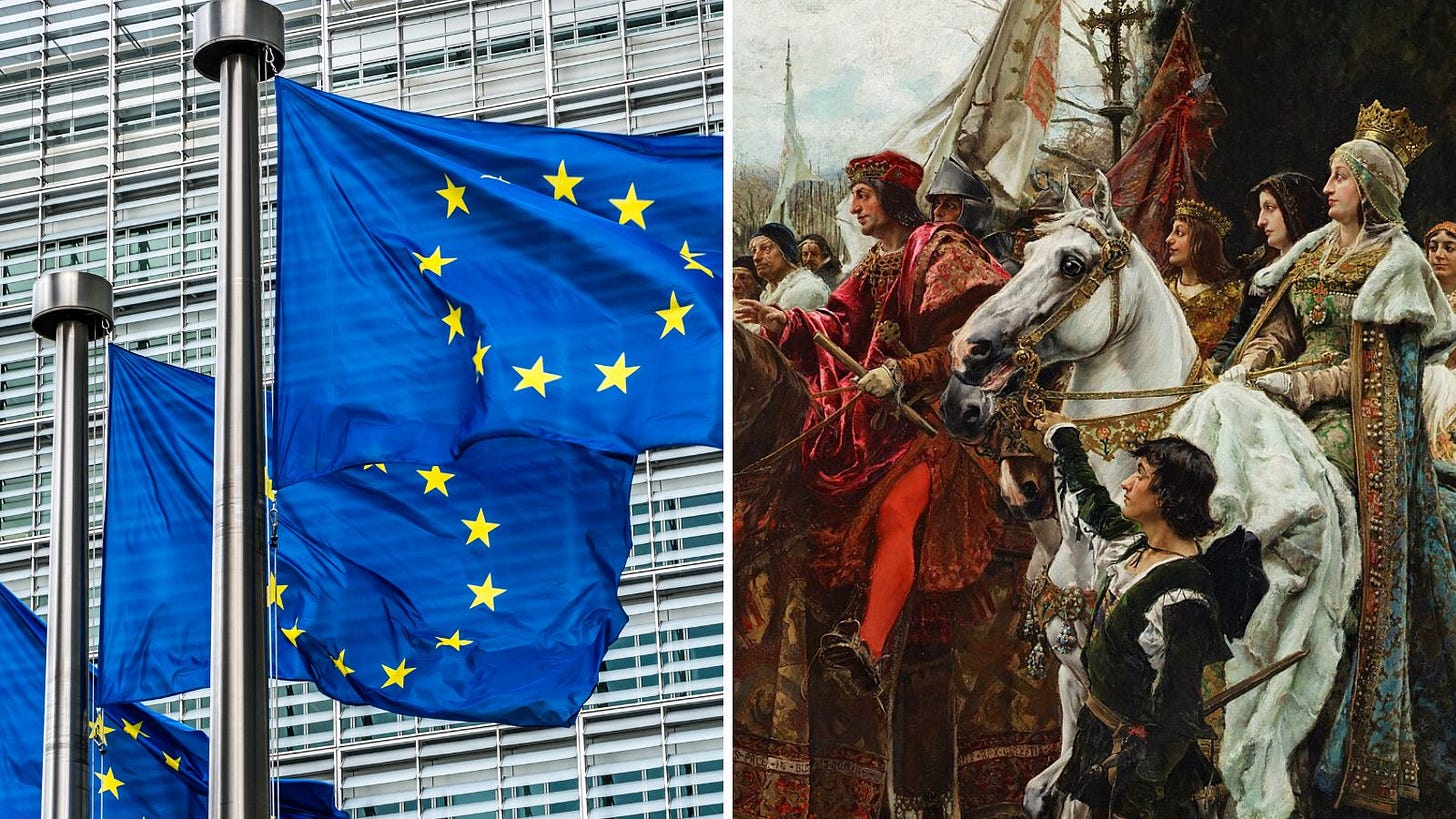
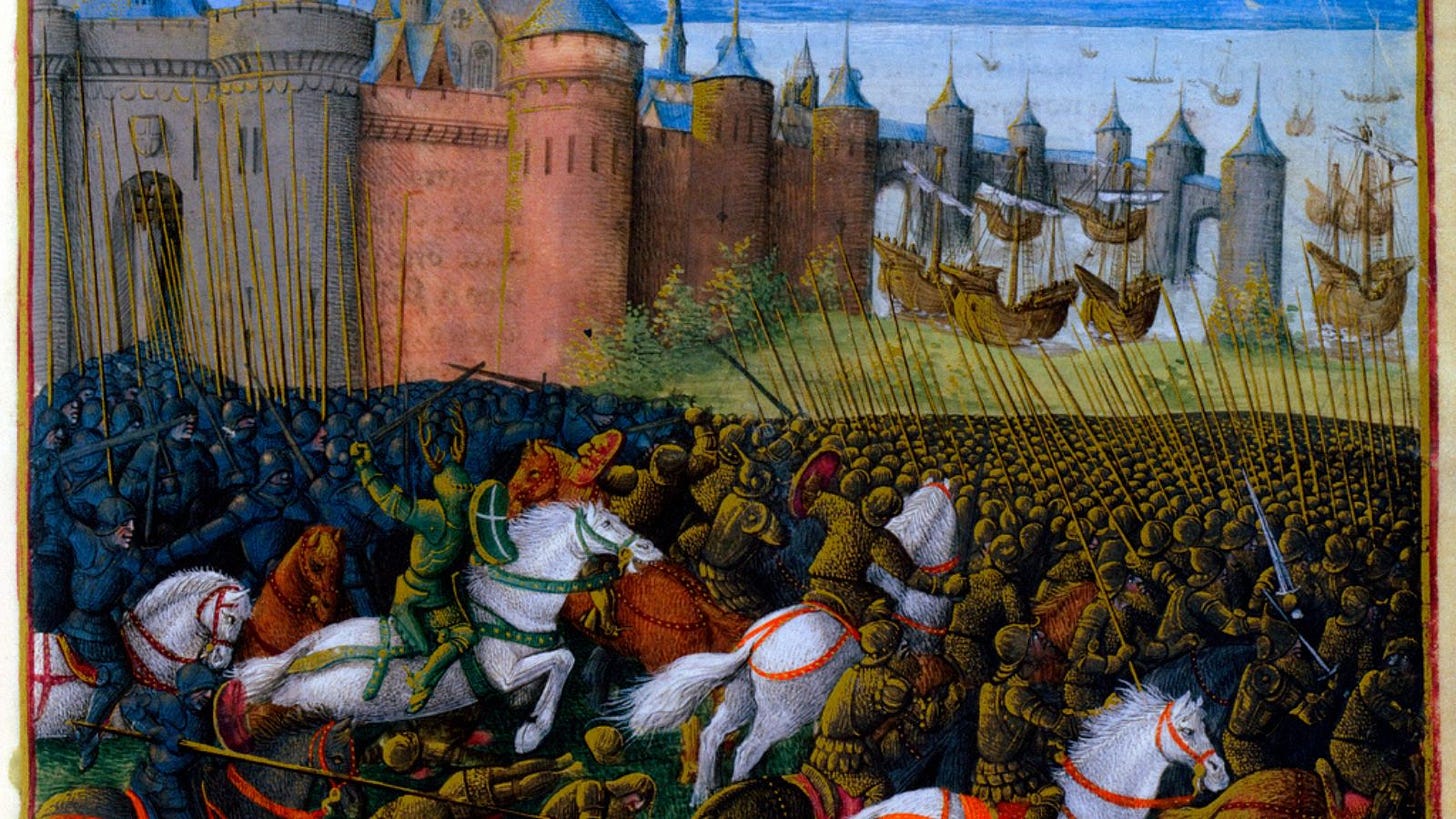
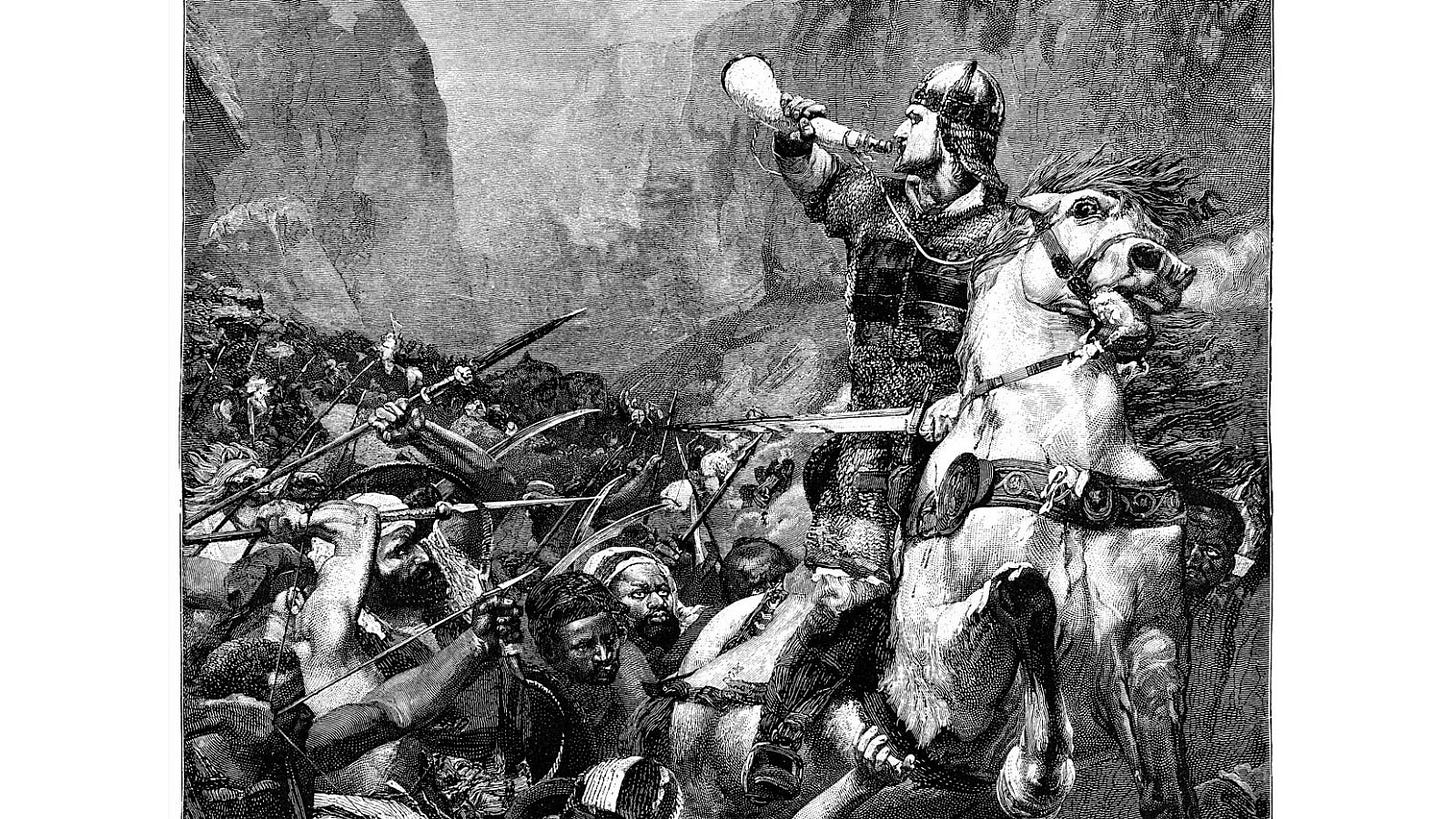
Very interesting read on the construction of European identity. Looking forward to part two!